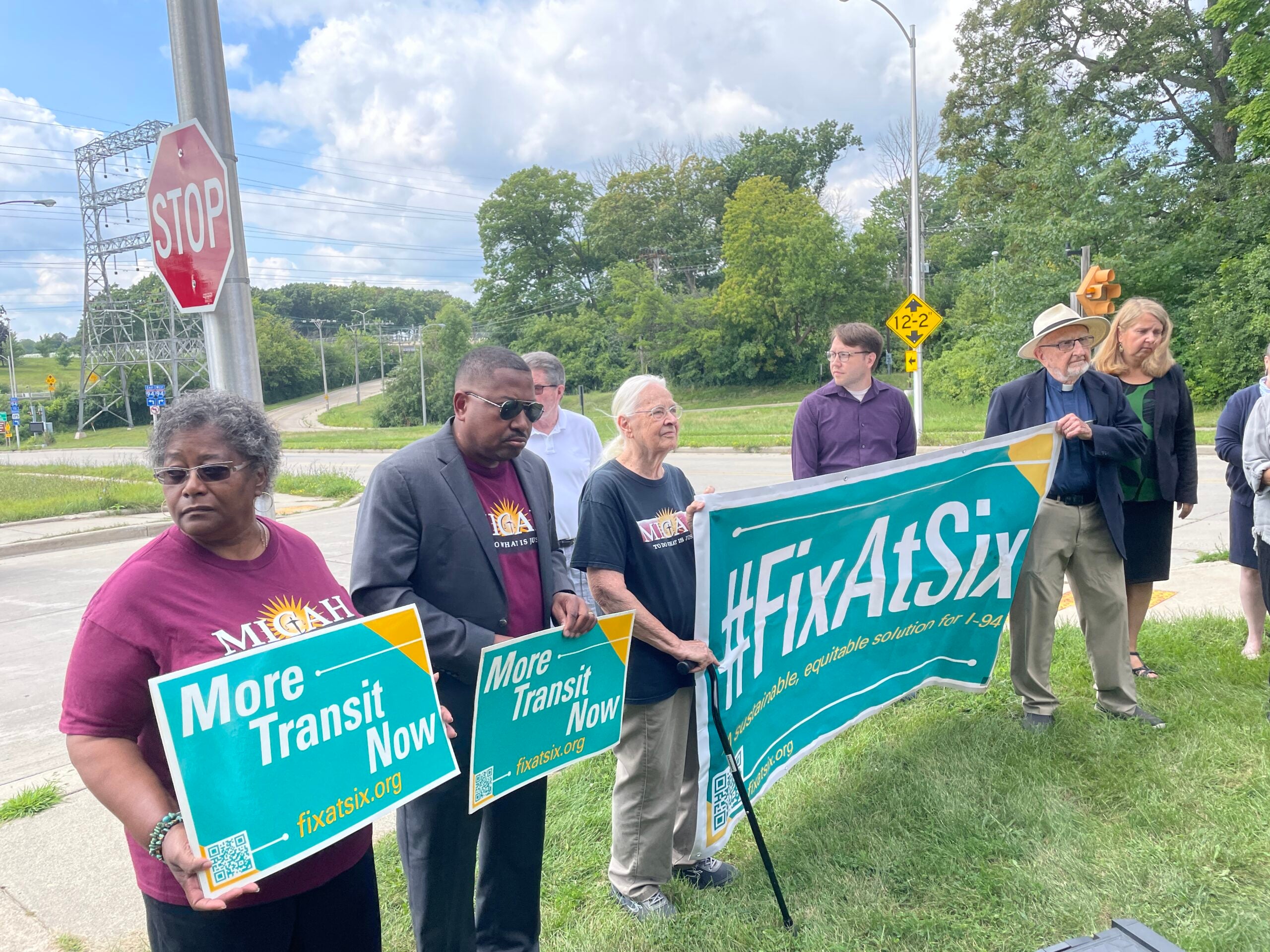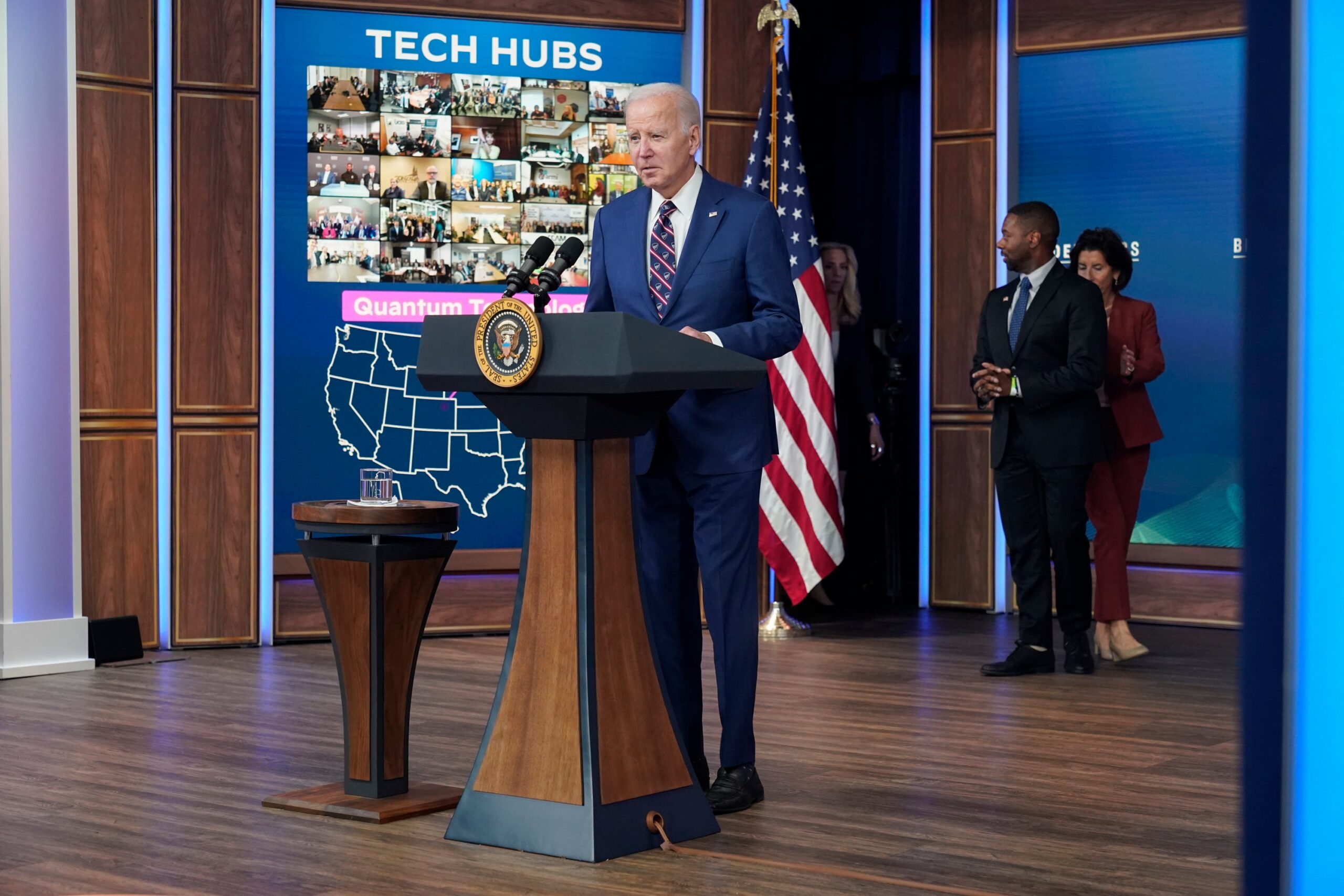For years, Milwaukee has been considered part of ‘The Rust Belt.’ We talk to a reporter about how the city recovered some of its shine and shook off its “rusty” reputation. We also hear the soulful, country sounds of DUSK on Set List, and get our weekly state news roundup.
Featured in this Show
-
State News Roundup For September 2, 2016
A new report on conditions at the Wisconsin Veterans Home at King shows reports of injuries to patients and unsanitary conditions that led to multiple outbreaks of gastrointestinal illnesses. A news editor joins us to talk about this story and other top news from around the state this week.
-
Why Milwaukee Is No Longer Part Of The Rust Belt
According to our guest, Milwaukee has stepped out of the Rust Belt category without losing its past and future in manufacturing. We find out how Wisconsin’s largest city has achieved that, and what lessons other cities might be able to learn from its experience.
-
How Milwaukee Transformed It's Rust Belt Corridor, The Menomonee Valley
In the late 1980s and early 90s, Milwaukee’s Menomonee Valley wasn’t a pretty site.
The industrial zone had deteriorated to become a repository of scrap yards, junk piles, abandoned railroads and polluting factories. In short, an eye sore.
It was a legacy leftover after the Industrial Revolution transformed the valley’s green spaces and natural wetlands into blocks of tanneries, stockyards and rendering plants. It came with low-paying jobs, deadly labor confrontations, ethnic divisions and a devastating amount of pollution.
An 1874 Milwaukee Sentinel article called the Menomonee River, which snakes through the corridor to Lake Michigan, the “river of death… disgusting in the extreme to the sight and fearfully offensive to the olfactories.”
A hundred-plus years later, manufacturing in the valley was significantly scaled back, leaving behind a largely derelict piece of land.
“This is what greeted everybody and was not considered the best advertisement for Milwaukee. It certainly seemed to say rust belt to people,” said Colin Woodard, Politico Magazine contributing editor, who recently profiled the region.
But over the past 30 years, a combination of planning, design, investment and public-private partnerships has revitalized the valley. Today, it’s home to a handful of new businesses — some of which are LEED certified — bike paths, boat launches, public art installations and drainage parks. Even wildlife is returning back to the area.
“It’s remarkable,” said Woodard. “What drew my attention is that a lot of cities are abandoning their industrial zones, trying to attract different purposes and tenants to them. Here’s a place that’s been transformed into sort of a model for what a 21st century industrial zone might look like in a city. It’s kind of an echo industrial park you might say.”
Woodard said the transformation was the result of a synergy of forces, starting with the Milwaukee Brewers’ decision to build Miller Park in essentially the same spot as the old stadium located on the upper end of the valley.
“It had the accidental effect of suddenly increasing the speculative value of that enormous old abandoned railroad yard … Suddenly there was this push onto everybody’s agenda, what should become of this place?” Woodard said.
The Sixteenth Street Health Clinic, a nearby non-profit providing a variety of social services to multi-cultural neighborhoods near the valley, was another driving force on the front lines of the revitalization. Woodard said the director at the time realized her clients needed a safe place to live, work and play.
“And what they brought to the table was some planning around, ‘What should this place should look like?’” Woodward said. “They ended up convening lots of architects from around the city to sort of brainstorm on what this place might look like instead but with human health and environmental ideas in the mix.”
There was help in city hall, too. The then mayor at the time, John Norquist, whose city planning skills led him to become head of the Congress of New Urbanism, brought public resources into the mix and political capital to make it happen.
“So it’s those three unlikely things coming together all at once over a 10- to 15-year time period, which is often the time period that it takes for some of these big changes in cities,” Woodard said.
Woodard has been touring the nation profiling successful urban innovations trying to understand why some work and others fail. He said the common denominator seems to be cooperation in the form of public-private partnerships to advance the interest of the whole community. That was certainly the case in Milwaukee’s Menomonee Valley, he said.
Episode Credits
- Rob Ferrett Host
- Veronica Rueckert Host
- Amanda Magnus Producer
- Judith Siers-Poisson Producer
- Rob Mentzer Guest
- Colin Woodard Guest
Wisconsin Public Radio, © Copyright 2024, Board of Regents of the University of Wisconsin System and Wisconsin Educational Communications Board.



